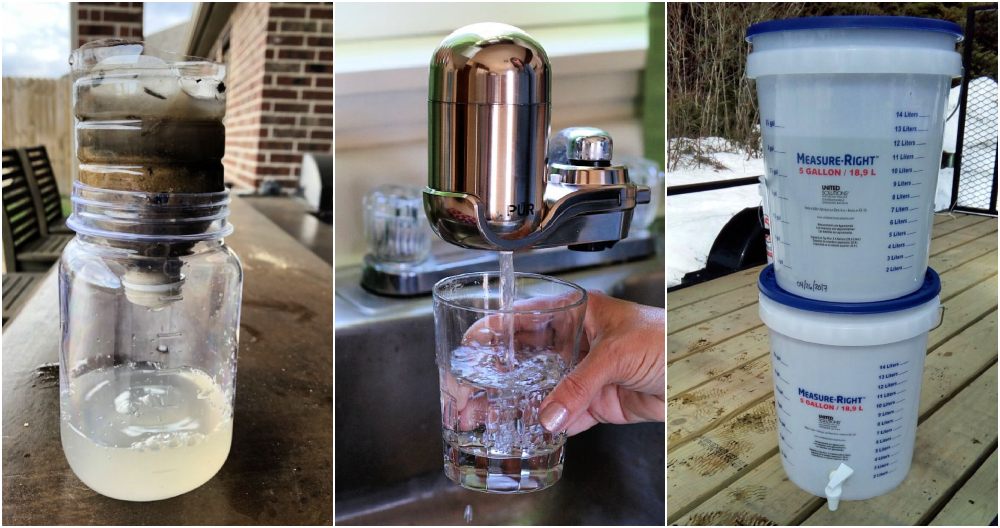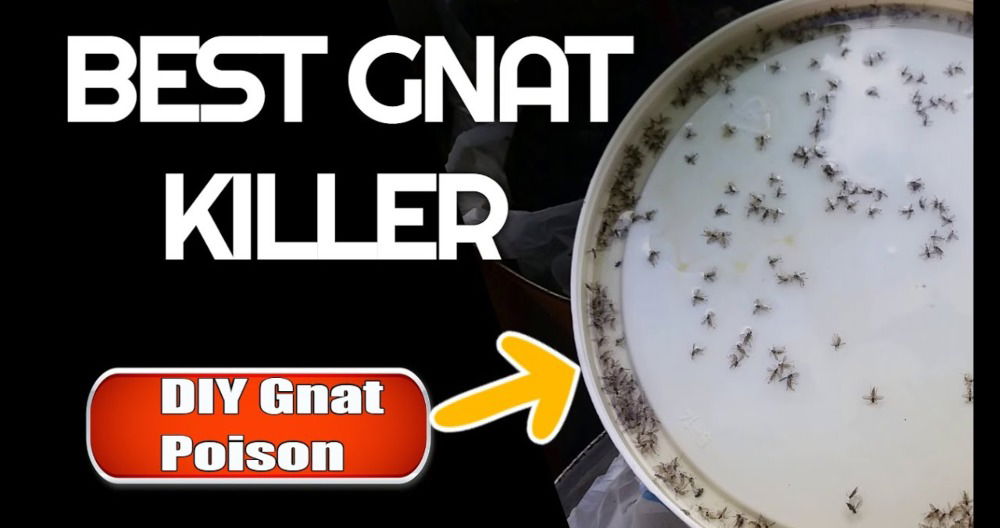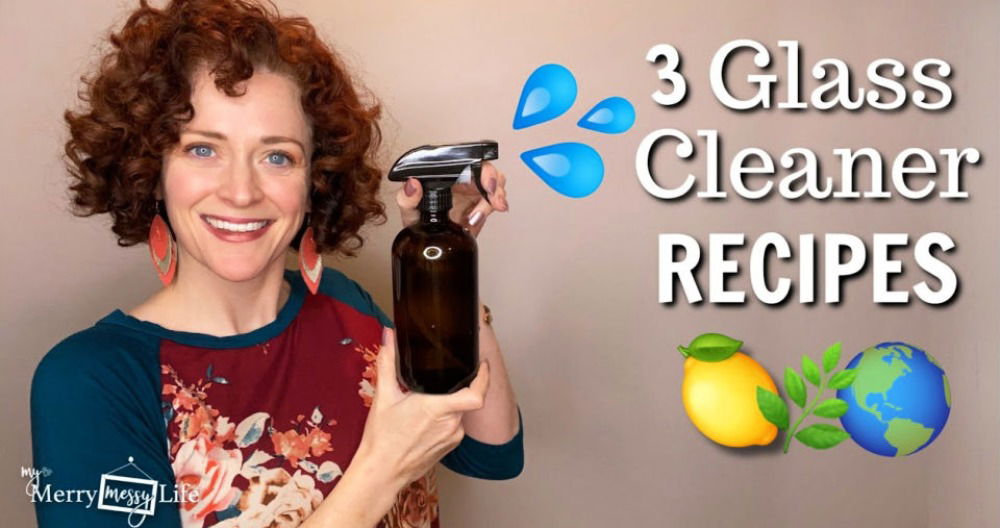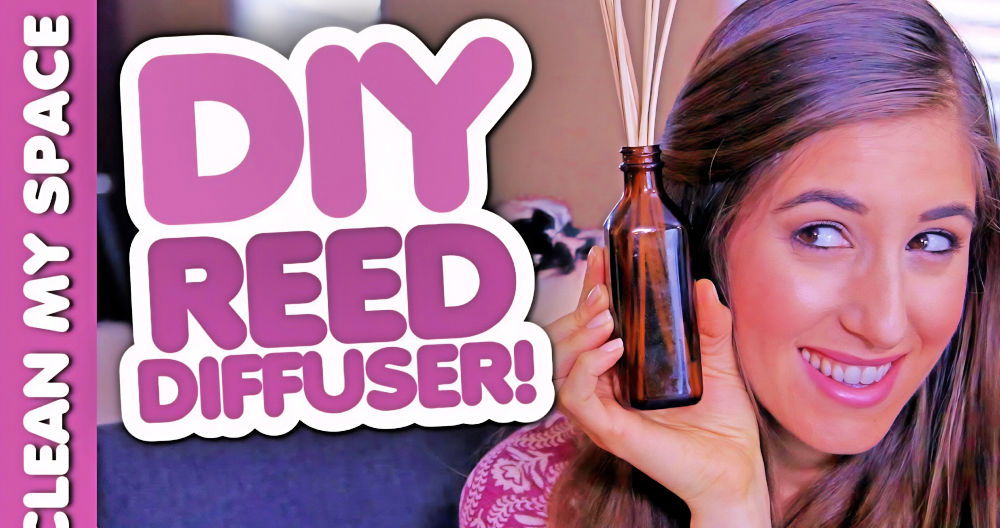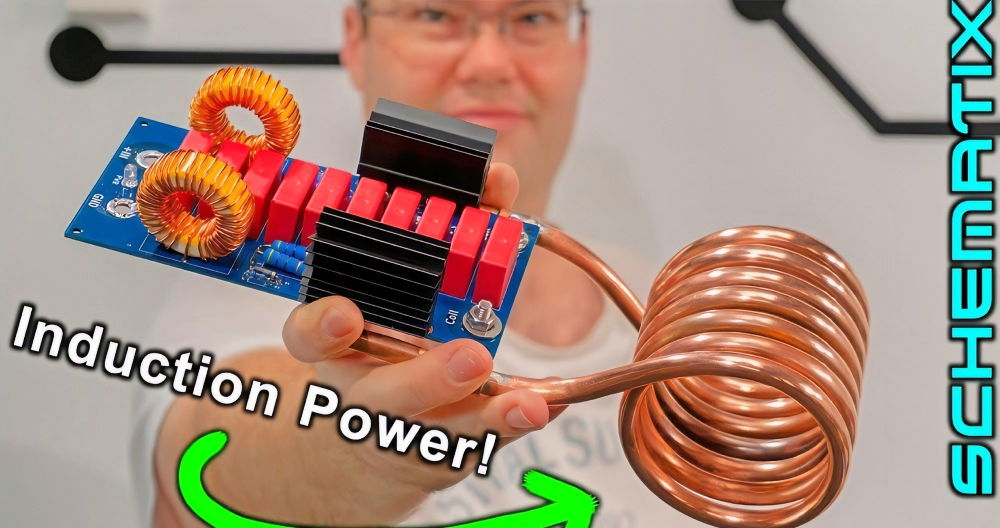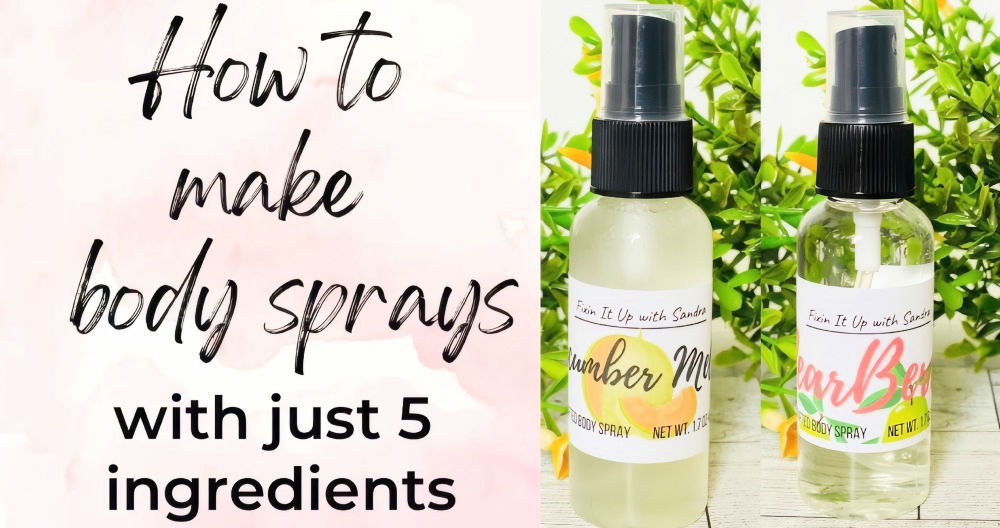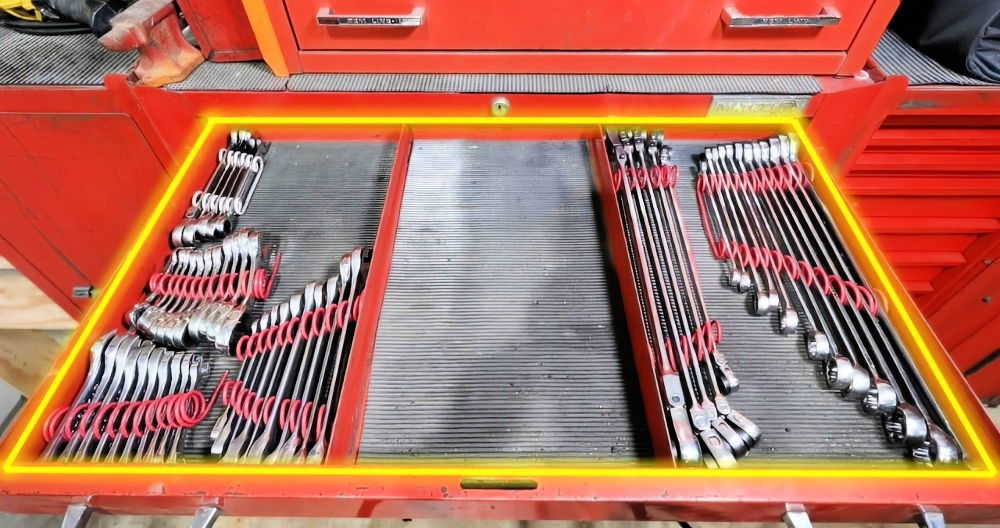If you’ve been living in your home for a while, you might have noticed some window wells beginning to rust and corrode. This is a common issue many homeowners face, especially if you have older metal window wells. While rust can be unsightly and potentially damaging, the good news is there are several DIY solutions to address and even prevent further rusting.
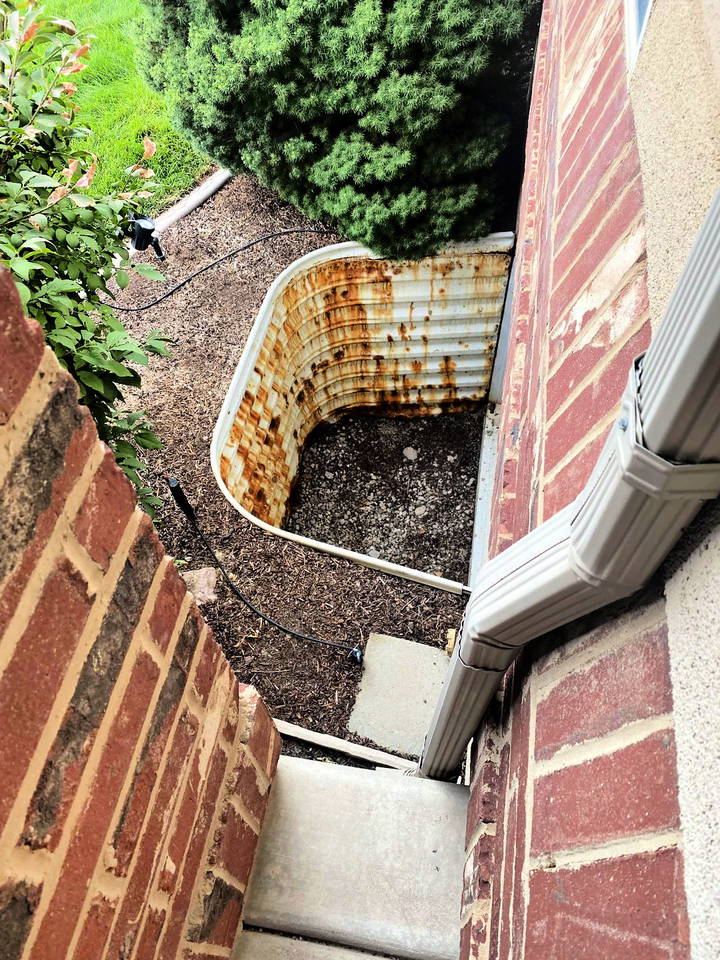
Understanding the Cause of Rust in Window Wells
The first step to solving the problem of rusty window wells is understanding what’s causing it. In some cases, rust may be due to an electrolytic reaction where the window wells act as an anode. This can happen when mounting bolts anchored into the foundation come into contact with rebar, completing an electrical circuit. This process can accelerate corrosion, especially if some wells are more exposed to moisture than others.
However, there could be other causes too. For example, improper drainage, continuous exposure to moisture, or even nearby irrigation systems can contribute to rust buildup. Fertilizers or other chemicals in irrigation water can also corrode steel quickly. Understanding these causes helps in identifying the right solution for your situation.
Step-by-Step DIY Solutions for Rusty Window Wells
1. Assess the Severity of the Rust
Before jumping into solutions, it's crucial to assess how severe the rust is. If the corrosion is minimal and surface-level, a few straightforward fixes can help restore and protect your window wells. However, if the rust has eaten through the metal or caused structural issues, you may need more significant interventions or even replacement.
2. Cleaning and Preparing the Surface
Start by cleaning the rusted area. A good cleaning with a product like CLR (Calcium, Lime, and Rust Remover) can help remove surface rust and prepare the metal for further treatment. Make sure to wear gloves and protective eyewear when handling such chemicals.
After cleaning, use a wire brush or a grinder to remove as much rust as possible. The goal is to get down to bare metal where possible, which will help any treatments adhere better.
3. Using Rust Converters and Primers
Once the rust is removed, consider applying a rust converter. Products like Corroseal convert rust into a stable black oxide layer that can be painted over. This step is critical because it not only neutralizes the rust but also creates a paintable surface that prevents further rusting.
After applying a rust converter, use a good-quality metal primer to further protect the surface. A primer will provide a solid base for your final coat and add an extra layer of protection against moisture.
4. Painting with Rust-Resistant Paint
Next, apply a rust-resistant paint. Many DIY enthusiasts recommend products like Rust-Oleum, known for their durability and effectiveness in preventing rust. It’s important to choose a paint specifically designed for metal and outdoor use. Apply at least two coats for the best results, allowing adequate drying time between each coat.
Painting not only improves the aesthetic of your window wells but also provides a protective barrier against moisture and oxygen, which are key contributors to rust.
5. Installing Sacrificial Anodes
For a more technical solution, consider installing sacrificial zinc anodes. These are used in marine environments to prevent metal corrosion and can work similarly for window wells. The concept is straightforward: the zinc anode corrodes in place of the steel, protecting it from rust.
To install these, bolt the zinc anodes to a part of the window well where they can make good electrical contact and are exposed to the same moisture conditions. Over time, the zinc will corrode instead of your window wells, significantly prolonging their lifespan. Make sure to check and replace these anodes periodically, as they will degrade over time.
6. Improving Drainage Around the Window Wells
Poor drainage is a common culprit for rust. If water accumulates around your window wells, it increases the likelihood of rust and corrosion. To address this, you can:
- Excavate Around the Window Wells: Dig out around the wells, clean and treat them with rust converter and paint, then backfill with gravel instead of soil. Gravel allows better drainage and prevents water from pooling around the metal.
- Reposition Sprinkler Heads and Irrigation Systems: If you have irrigation systems nearby, make sure they are positioned away from the window wells. Direct exposure to water will accelerate rusting, especially if the water contains chemicals like fertilizers.
7. Regular Maintenance and Monitoring
Even after treating your window wells, regular maintenance is key to keeping rust at bay. Inspect the wells periodically for any signs of rust, damage, or wear. A quick touch-up with rust-resistant paint can prevent small issues from becoming significant problems.
8. Consider Replacing Severely Damaged Window Wells
In cases where rust has severely damaged the window wells, replacement might be the most viable option. However, this doesn't necessarily mean a massive landscaping project. In some situations, you can cut out the old well and replace it with a new one with minimal disturbance to your landscaping. For added protection, consider using window well wraps that both protect the metal and enhance the appearance.
Final Thoughts on Preventing and Addressing Rust in Window Wells
Rusty window wells can be a frustrating problem for homeowners, but with a bit of DIY know-how and effort, you can effectively manage and prevent it. The key is to act early, use the right products like rust converters and sacrificial anodes, and ensure proper drainage around the window wells. With these steps, you can prolong the life of your window wells, maintain the appearance of your home, and save on costly replacements down the line.
Whether you're a seasoned DIYer or a homeowner looking to tackle this issue for the first time, these strategies provide practical, effective solutions to keep rust at bay.
FAQ: Rusty Window Wells - Common Questions and Solutions
Here are some frequently asked questions about dealing with rusty window wells, including alternative methods, troubleshooting tips, and specific scenarios you might encounter. These answers provide additional details to help you effectively manage and prevent rust in your window wells.
What Causes Rust in Window Wells and How Can I Identify It?
Rust in window wells is often caused by continuous exposure to moisture and electrolytic reactions involving metal components, like mounting bolts and rebar in the foundation. This reaction can accelerate rusting. Signs of rust can include visible reddish-brown stains, flaky or rough metal surfaces, and water pooling in or around the well. Pay close attention to wells that are near irrigation systems or areas with poor drainage, as these are more prone to rusting.
Can I Prevent Rust Without Replacing the Window Wells?
Yes, you can prevent rust without replacing the window wells by using a combination of rust converters, rust-resistant paint, and sacrificial zinc anodes. Start by cleaning and removing any visible rust, then apply a rust converter like Corroseal to neutralize the remaining rust. After that, use a rust-resistant paint to protect the metal surface. Installing sacrificial anodes can also help by diverting corrosion away from the metal window wells.
How Do I Install Sacrificial Anodes to Prevent Rust?
Sacrificial anodes can be bolted directly to the window well, ideally in a location that is both accessible for future replacement and exposed to similar moisture conditions as the rest of the well. The anode should be in direct contact with the metal and positioned where it can get wet when the rest of the metal is wet. The anode will corrode over time, so it's important to check and replace it periodically to ensure continued protection.
What Are Alternative Methods to Rust Converters and Sacrificial Anodes?
If rust converters and sacrificial anodes are not suitable for your situation, consider using window well wraps or covers. These can be placed over treated window wells to provide an additional layer of protection and improve their appearance. For severe rust, replacing the window wells with non-metallic options like plastic or fiberglass wells might be the most effective long-term solution.
How Can I Improve Drainage to Prevent Rust?
Improving drainage around window wells is key to preventing rust. You can excavate around the well, remove any accumulated soil, and backfill the area with gravel. This helps to direct water away from the metal and prevents pooling. Additionally, reposition any nearby sprinkler heads or irrigation systems so that they do not spray directly onto the window wells.
What Should I Do if My Rust Problem Persists Despite Treatment?
If rust continues to appear despite cleaning and applying protective treatments, it may indicate an ongoing issue with moisture or electrical conductivity. Check if there are any sources of water that might be keeping the area damp, such as faulty irrigation systems or poor grading around the foundation. In some cases, there might be a need to sever or insulate mounting bolts to reduce the electrolytic reaction causing the rust.
Can I Cut Out and Replace a Rusted Window Well Without Major Landscaping Work?
Yes, replacing a rusted window well without major landscaping disruption is possible, especially if the surrounding soil is compacted and stable. Carefully cut out the old window well and install a new one. You might need to remove some fill or adjust the cavity slightly to fit the new well. Once installed, you can secure it with construction adhesive or use minimal anchoring methods to avoid disturbing the landscape further.
Is It Necessary to Treat Both the Inside and Outside of the Window Well?
Yes, treating both the inside and outside surfaces of the window well is essential for thorough rust prevention. Rust can develop on any exposed metal surface, so applying a rust converter and rust-resistant paint on both sides will provide complete protection. Additionally, backfilling with gravel on the outside after treatment will improve drainage and help keep moisture away.
How Often Should I Check and Maintain My Window Wells?
Regular maintenance is crucial to prevent rust from recurring. Check your window wells at least once a year for any signs of rust, corrosion, or damage. Reapply rust-resistant paint as needed, and ensure sacrificial anodes are still in good condition. Regular checks can catch problems early and save you from more extensive repairs later.
What If My Home Has Unique Conditions Contributing to Rust?
Homes with unique conditions, such as high salinity in the soil or aggressive fertilizers used in irrigation, may require additional protective measures. Consider using stainless steel window wells or those made of rust-resistant materials. For extremely corrosive environments, advanced coatings or liners can provide further protection, reducing the need for frequent maintenance.



